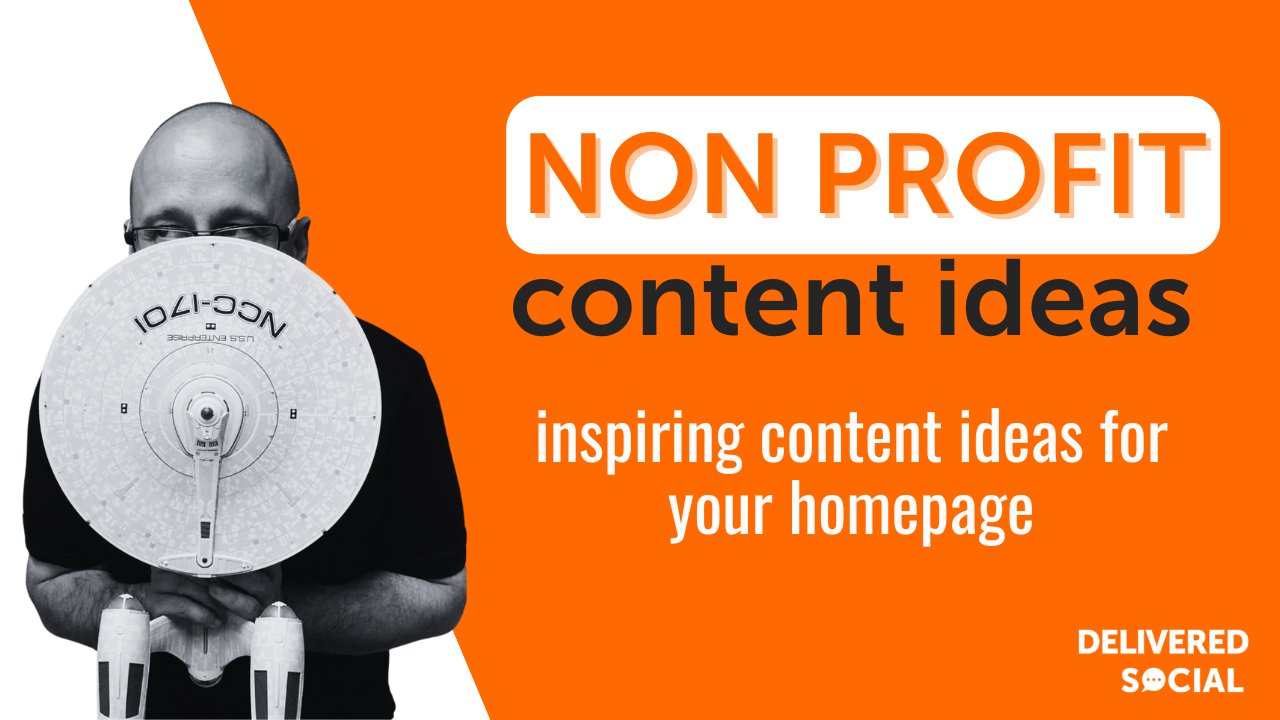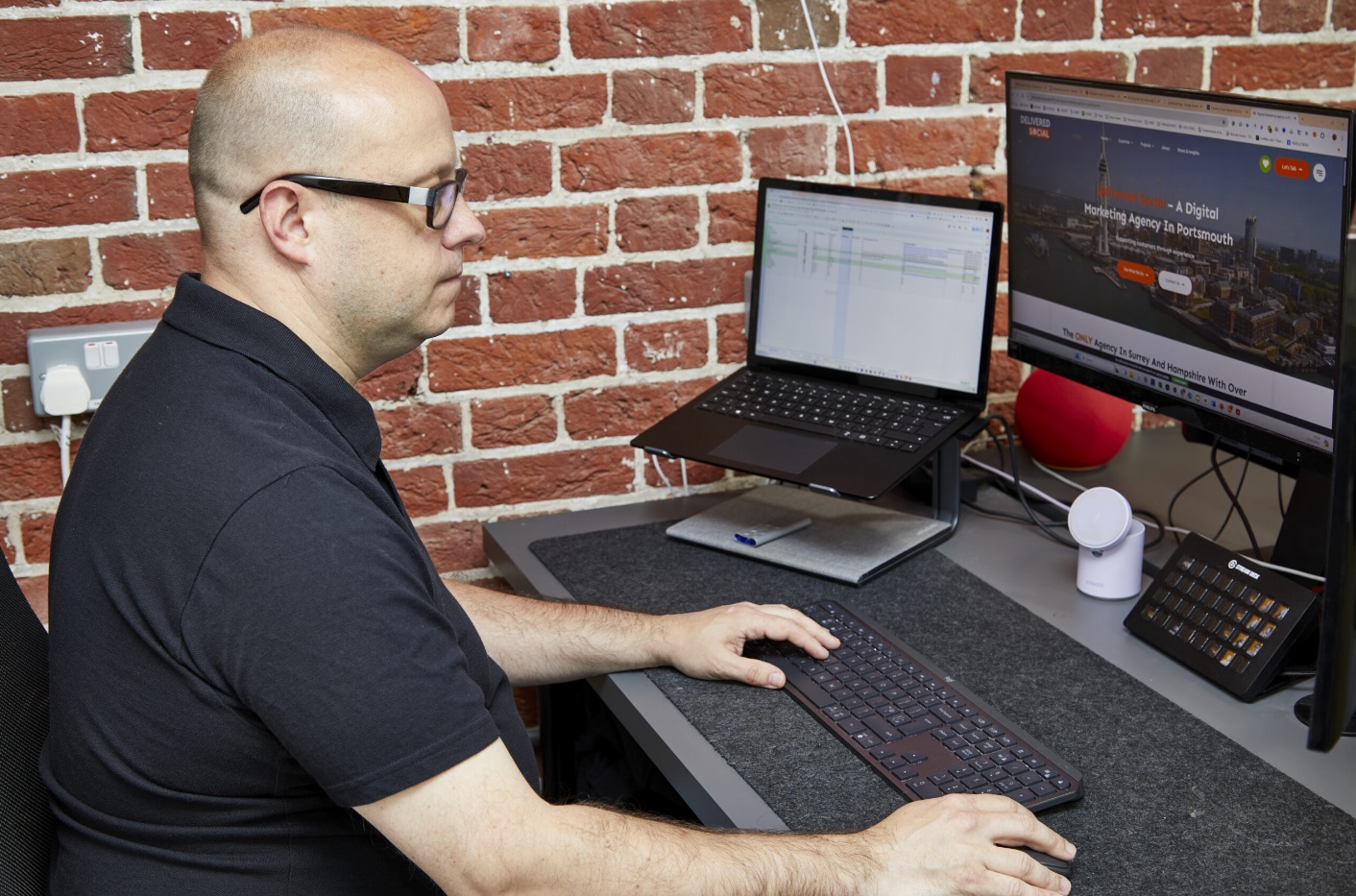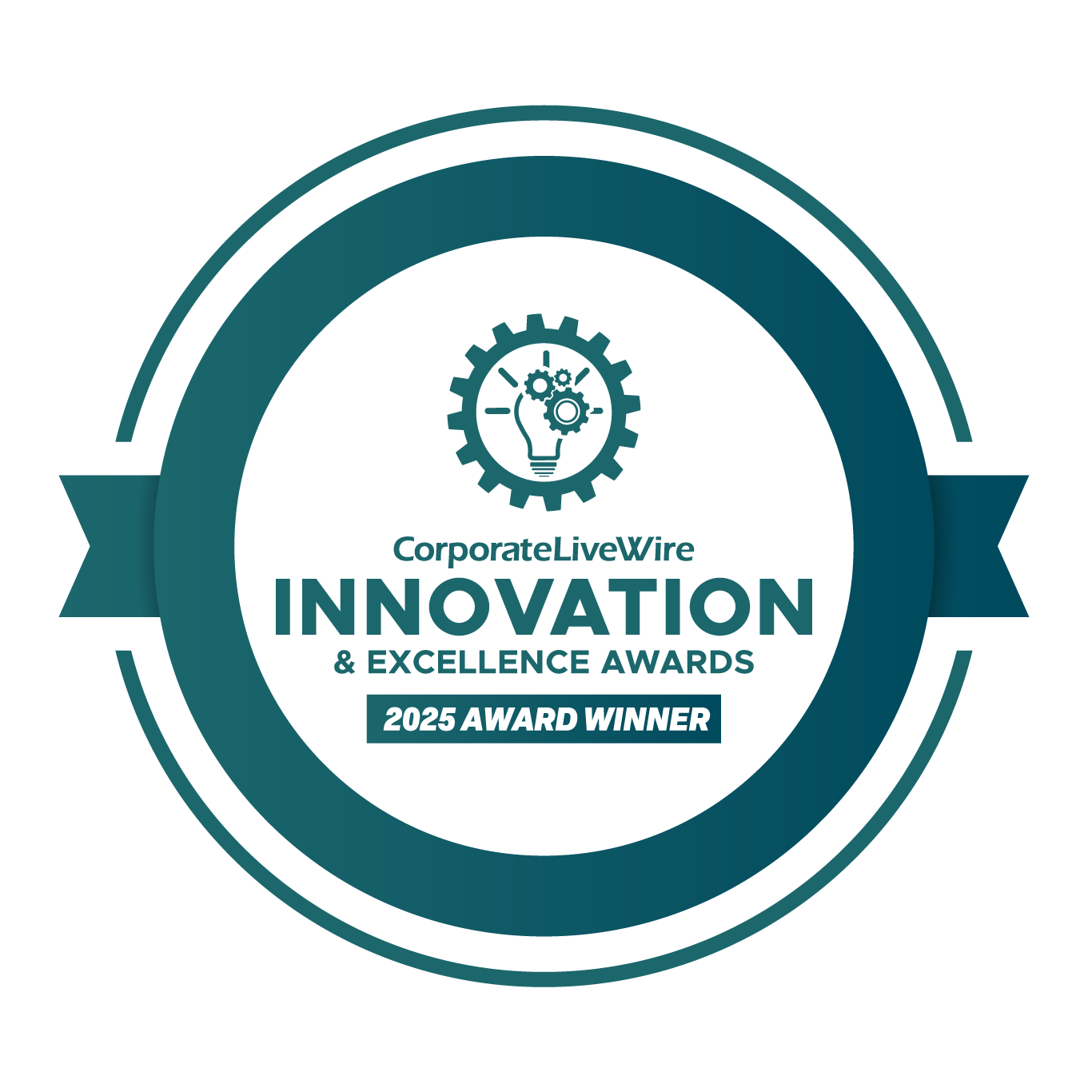
Strong homepage content helps nonprofits connect with visitors, build trust, and drive action. Whether the goal is to increase donations, recruit volunteers, or share impact stories, clear messaging and smart layout choices make a difference. This guide offers practical nonprofit homepage content ideas that help turn casual visitors into committed supporters. Each idea focuses on clarity, purpose, and user experience—no fluff, just what works. If your site feels outdated or isn’t getting results, these suggestions can help you refocus and improve engagement. Use them to make your homepage more effective without needing a full redesign or extra budget.
Mission-Driven Hero Section
Start your homepage with a bold visual that shows your core purpose. Use a high-quality photo or short video that features real people, places, or actions related to your cause. Avoid staged images. Choose media that clearly shows what your organization does and who it supports.
Pair the visual with a short mission statement. Keep the message direct and easy to understand. People should know what you do within seconds of landing on the page. Use clear verbs to describe how you help and who benefits from your support.
Place this section at the top of the page so it’s seen right away without scrolling. This area is where first impressions form quickly, so focus on clarity over decoration. Don’t overload it with long text or multiple buttons. One strong call-to-action is enough — such as “Join Us,” “Donate Now,” or “Learn More.”
Use fonts and colors that match your brand but don’t distract from the main message. Every element in this section should serve a purpose: to inform and guide visitors toward action.
Include alt-text for images and captions for videos to ensure accessibility. Make sure mobile users can view everything without delay or confusion.
When building out nonprofit homepage content ideas, remember this hero section shapes how people view your group from the start. It sets up trust by showing real impact quickly.
Test different versions over time to see which image, phrase, or button gets more engagement. Use data like click-through rates or time-on-page metrics to measure performance.
Keep this space updated if campaigns change throughout the year so returning visitors always see current goals and needs reflected up front.

Impact Statistics That Inspire
Numbers help people understand what your group has done. When visitors land on your homepage, they want proof that their time or money will matter. Sharing clear data gives them that confidence. Use real figures to show how many lives you’ve helped, how much funding you’ve secured, or how many projects you’ve finished.
For example, display a total like “5,200 meals served last month” or “$1.2 million raised in 2023.” These numbers speak louder than general claims about success. People relate more when they see facts tied to specific actions. Highlight metrics that match your mission—such as books donated, shelters built, or hours volunteered.
Charts and counters can make data easier to read. Use simple visuals like bar graphs or icons with bold numbers beside them. This draws the eye and keeps readers engaged without overwhelming them with too much text.
Keep the stats consistent and current. Outdated figures may create doubt about your impact today. Update totals monthly or quarterly so returning visitors see progress over time. This also shows that your team tracks results and values transparency.
Place these figures near the top of your page for visibility. You can pair each number with a short note—like “families supported” or “students reached”—to give it meaning fast without long explanations.
When thinking through nonprofit homepage content ideas, always include measurable outcomes first before diving into stories or calls to action. Numbers provide instant clarity and help build trust quickly among new viewers who may not know your organization yet.
Use a mix of totals from different areas of impact if possible—one showing reach, another showing effort, and one related to resources gathered (like donor support). This balance helps paint a full picture of what you do every day without needing extra space on the page.
Avoid rounding up too much; exact numbers often feel more honest than estimates rounded off for convenience.
Compelling Story Highlights
Posting short stories of people or groups helped by your nonprofit builds trust. These personal accounts show real outcomes and connect with visitors on a personal level. When someone reads about a person who received support, they can better understand the value of your mission.
Use first names, photos (with permission), and quotes to make each story feel specific and true. Keep the language simple and direct. A brief paragraph or two is enough to explain what challenge the person faced, how your organization stepped in, and what changed after that help was given.
Place these stories near the top or middle of your homepage. This area draws attention quickly. You can rotate different stories every few weeks to keep content fresh for return visitors. Use headlines like “How Sarah Found Safe Housing” or “Mark’s First Job After Prison” to give readers a quick idea of the story before clicking.
Include a clear link from each story to related actions—such as donating, signing up for emails, or reading more success journeys. Stories should not just inform but also lead users toward deeper involvement.
These highlights also serve as proof that donations go toward real results. People want to see impact before giving money or time. Short narratives help reduce doubt by showing practical examples.
Among all nonprofit homepage content ideas, this format often ranks high for engagement because it feels human and direct. It avoids general claims by showing actual change through individual experiences.
To collect new material regularly, ask program staff to note standout cases during their daily routines. With written consent from those featured, you can build a steady flow of strong stories without needing extra campaigns.
Stories do not need dramatic endings—they only need clarity about how support made life better in some way. Even small changes matter when shown clearly through honest words and faces people recognize as familiar types from their own communities.
Clear Calls-to-Action (CTAs)
A nonprofit website needs to guide visitors. One of the most effective ways to do this is by using direct calls-to-action (CTAs). These CTAs should be placed where people can see them without scrolling. Use short, clear phrases like “Donate Now,” “Join Us,” or “Volunteer Today.” These words tell users what to do next without confusion.
Each CTA must have a single purpose. A donation button should not lead to a newsletter form. Keep each action focused so visitors know exactly what will happen when they click. If you want someone to give money, take them straight to the donation page. If the goal is volunteer signups, lead them directly there.
Make sure these buttons stand out from other parts of your homepage. Use bold fonts and colors that separate CTAs from regular text but still match your site’s design style. Do not use too many different CTAs in one place—this can overwhelm readers and reduce clicks.
Position matters as well. Place one main CTA at the top of the homepage where new visitors land first. Add another near stories or impact stats that show how support helps your cause succeed. Repeat key CTAs across sections for better access.
Keep language simple and active. Avoid long instructions or vague words like “Learn More” unless it leads somewhere useful and specific.
When creating nonprofit homepage content ideas, always think about how each part encourages action. Every section should support a step forward in engagement—whether through giving time, funds, or contact information.
Test different versions of CTA placements and wording regularly. Small changes in button text or location can lead to more clicks over time.
Strong CTAs help turn interest into real support by giving people an easy way to respond right away when they feel moved by your message or mission story on the homepage.
Rotating Testimonials from Supporters
Displaying rotating testimonials on your site helps people trust your mission. Quotes from donors, volunteers, and program participants show real experiences. They give visitors clear reasons to stay involved or contribute. When someone sees proof that others have supported your cause, they may feel more confident about doing the same.
Use a slider or carousel to rotate quotes across the homepage. Keep each message short and direct. Include the person’s first name, role (such as volunteer or donor), and their connection to your organisation. If possible, add a photo for better context.
Make sure quotes reflect different types of involvement. A donor might explain why they chose to give money after seeing results from past campaigns. A volunteer could share how helping out gave them purpose or helped them learn new skills. Someone who received support might describe how it changed their situation.
Update testimonials often so returning visitors see fresh stories over time. This shows ongoing activity and helps prove that support continues to make an impact today.
Place these testimonials near calls-to-action like “Donate Now” or “Join Us.” This setup can help increase clicks by showing what others have said before taking similar steps.
Rotating testimonials also support search goals when paired with strong keywords and headings. They naturally include terms like “volunteer,” “donate,” or “support.” These words help improve visibility in search results without needing extra content blocks.
As part of your nonprofit homepage content ideas, using real voices builds trust without needing long explanations. Visitors get quick insights into what you do and why it works—from those who know best.
Keep content mobile-friendly by making sure testimonial sliders load quickly on all devices. Test layouts so that users on phones can still read every quote clearly without having to zoom in.
This approach supports both engagement and conversion by using simple stories with personal meaning behind them.

Top Nonprofit Homepage Content Ideas to Boost Engagement
Supporters visit nonprofit websites looking for clear information and ways to get involved. A homepage that offers fresh, useful content can hold their interest longer. Adding features that go beyond basic text or static images helps people stay connected and return more often.
One of the most effective nonprofit homepage content ideas is an interactive map. This tool can show where donations go or highlight project locations. Visitors can click on different areas to see updates, photos, or stories from each region. This type of visual element gives users a hands-on way to explore your organization’s impact.
Another idea is a short video message from the founder or leadership team. These videos help put a face behind the mission. They also build trust by showing real people who care about the cause. Keep these clips short—under two minutes works best—and include captions for those watching without sound.
A live fundraising tracker is another strong option for engaging visitors. It shows progress toward campaign goals in real time and motivates people to contribute when they see others doing the same. You can place this tracker near donation buttons so it’s easy to find without scrolling too far down.
Rotating supporter spotlights also keep content fresh. Feature volunteers, donors, or community partners with brief quotes or photos on your homepage every week or month. This not only recognises their efforts but also encourages others to take part.
These features give visitors reasons to come back regularly and share your site with others who may want to support your mission as well. Mixing formats like maps, videos, and trackers creates variety without overwhelming users with too much at once.
Transform Your Homepage Into a Mission-Driven Engagement Hub
Crafting an effective homepage is essential for building trust, driving action, and inspiring long-term support. By focusing on mission-driven hero sections, showcasing impact statistics, sharing compelling stories, and including clear CTAs and testimonials, nonprofits can create a powerful first impression. These nonprofit homepage content ideas not only elevate your brand but also deepen emotional connections with visitors. Prioritising strategic content ensures your homepage becomes more than just a landing page—it becomes a catalyst for engagement and impact. Start implementing these ideas today to turn passive visitors into passionate supporters.
Interested In Working Together?
Introducing Delivered Social. We’re The Most-Rated Digital Agency In Surrey & Hampshire – We’ve Got To Be Doing Something Right.
Delivered Social is a digital marketing agency with one mission—to help businesses grow. We’re famous in Guildford and Portsmouth for our social clinics. We believe in free advice. We build lasting relationships because our team prides itself on being helpful, which our clients appreciate.
If you are looking for a new website or an agency to manage your social media presence, we can help.
If you need something slightly different, here's a super handy list of all our services, or you can always email us.



















